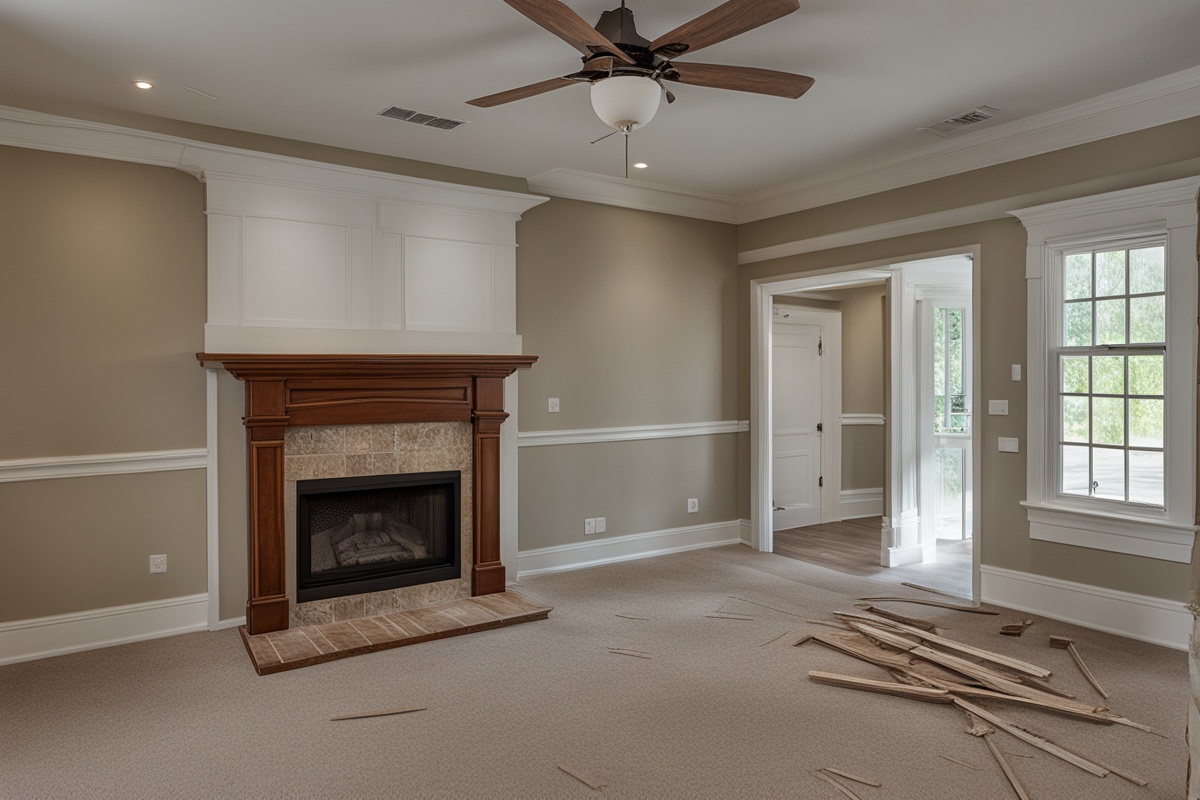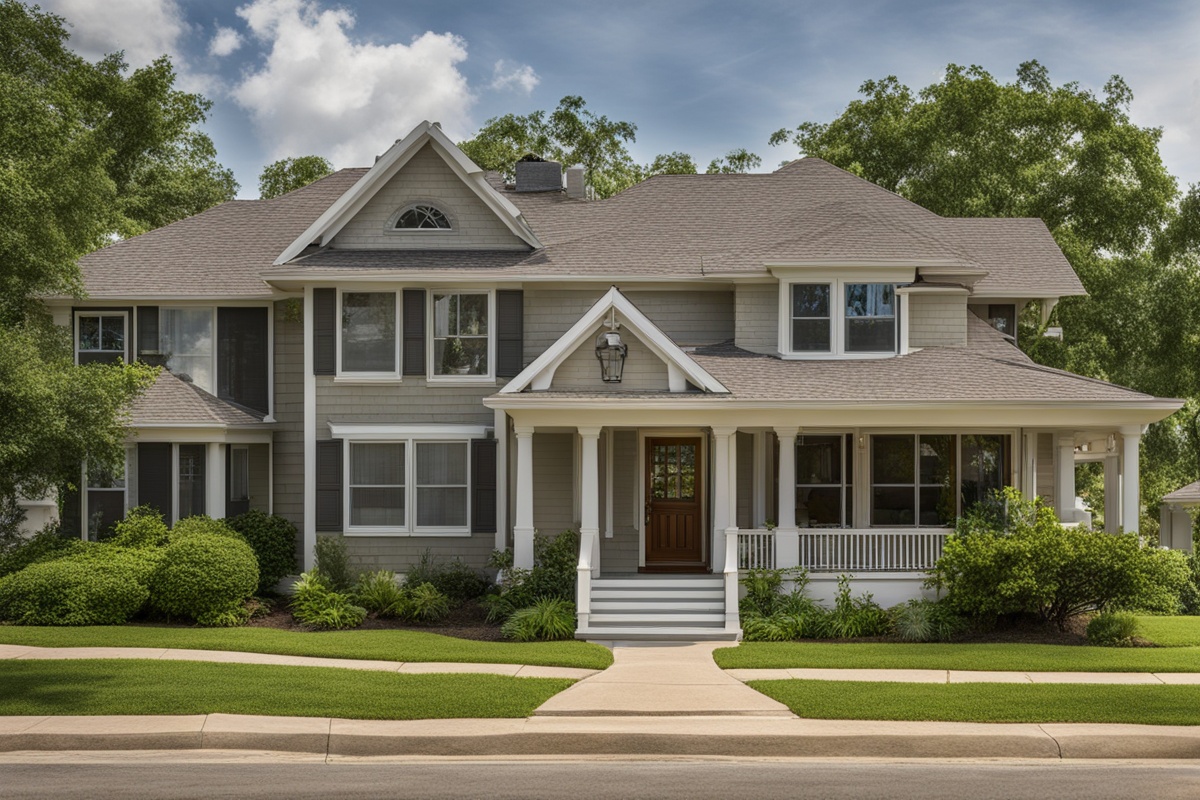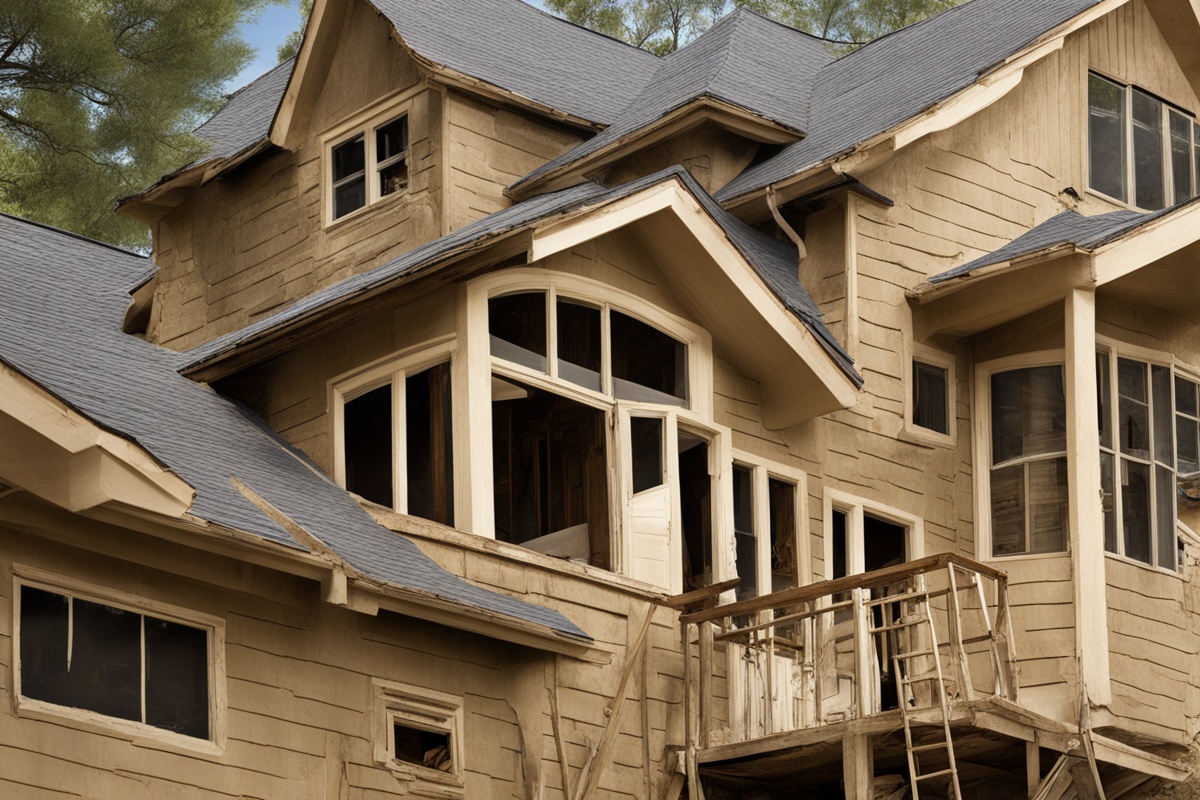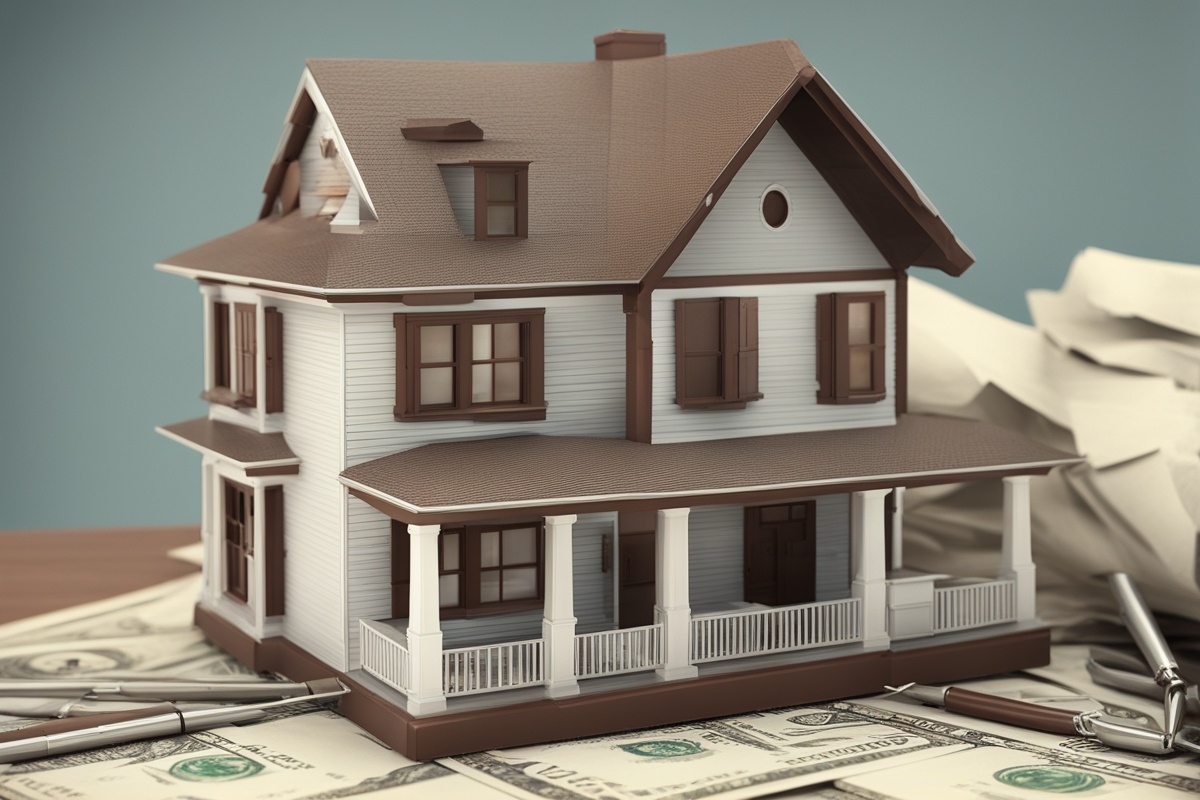Property rehabilitation is a transformative process that breathes new life into neglected or damaged structures. Among the most rewarding projects in this field is the art of revamping distressed homes successfully. These properties, often abandoned or in disrepair, hold immense potential for investors, homeowners, and communities alike. With the right approach, a distressed home can become a beautiful, functional space while yielding significant financial returns. In this comprehensive guide, we’ll explore the key steps, strategies, and considerations for turning a dilapidated property into a dream home.
Understanding Distressed Homes and Their Potential
Distressed homes are properties that have fallen into disrepair due to neglect, foreclosure, or other financial or personal circumstances affecting the previous owners. These homes are often sold at a discount, making them attractive to investors and rehabbers looking to capitalize on their potential. However, revamping distressed homes successfully requires a clear understanding of the challenges and opportunities they present. From structural issues to outdated systems, these properties often need extensive work. Yet, with vision and planning, they can be transformed into valuable assets. Recognizing the potential in a distressed property is the first step to a successful rehabilitation project.
Assessing the Property: Key Factors to Consider
Before diving into any rehabilitation project, a thorough assessment of the property is critical. Start by evaluating the structural integrity of the home. Look for signs of foundation issues, roof damage, or water infiltration, as these can be costly to repair. Next, inspect the electrical, plumbing, and HVAC systems to determine if they need updates or complete replacement. Additionally, consider the location of the property—neighborhood trends and market demand play a huge role in the success of your project. A detailed inspection helps in creating a realistic budget and timeline for revamping distressed homes successfully. For more insights on property assessments, check out our guide on evaluating property conditions before purchase.
Creating a Budget and Timeline for Rehabilitation
One of the most important aspects of revamping distressed homes successfully is financial planning. Underestimating costs can derail even the most promising projects. Begin by listing all necessary repairs and renovations, then obtain quotes from contractors or suppliers. Include a contingency fund—typically 10-20% of the total budget—for unexpected issues. Alongside budgeting, establish a realistic timeline for the project. Factor in potential delays due to weather, permitting, or contractor availability. A well-structured budget and timeline ensure that the rehabilitation process stays on track. Learn more about budgeting for home renovations in our detailed post on crafting a renovation budget.
Designing for Functionality and Appeal
Once the structural and systemic issues are addressed, the focus shifts to design. Revamping distressed homes successfully means balancing functionality with aesthetic appeal to attract potential buyers or tenants. Consider modern design trends, such as open floor plans, energy-efficient appliances, and neutral color palettes, which appeal to a broad audience. At the same time, preserve unique architectural features that add character to the home. Thoughtful design not only enhances the property’s value but also sets it apart in a competitive market. For inspiration, explore our article on modern home design trends for rehab projects.
Navigating Legal and Permitting Challenges
Rehabilitation projects often come with legal and regulatory hurdles that must be addressed to avoid costly delays or fines. Before starting any major work, research local zoning laws and building codes to ensure compliance. Secure necessary permits for structural changes, electrical work, or plumbing updates. If the property is in a historic district, additional restrictions may apply. Working with a local contractor or consultant familiar with these regulations can save time and money. Understanding the legal landscape is a crucial part of revamping distressed homes successfully. Dive deeper into this topic with our resource on navigating property renovation permits.
Marketing and Selling the Revamped Property
After completing the rehabilitation, the final step in revamping distressed homes successfully is marketing the property to potential buyers or renters. High-quality photos and virtual tours can showcase the transformation and highlight the home’s best features. Work with a real estate agent or use online platforms to reach a wider audience. Emphasize the value of the renovations, such as energy efficiency or modern amenities, in your listing. Effective marketing can significantly increase the return on investment for your project. For tips on selling renovated properties, read our guide on marketing strategies for flipped homes.
Disclaimer: The information provided in this article is for general informational purposes only and should not be construed as professional, financial, or legal advice. Property rehabilitation involves significant risks, including financial loss and unforeseen challenges. Always consult with qualified professionals, such as contractors, real estate experts, and legal advisors, before undertaking any property rehabilitation project. The authors and publishers of this content are not responsible for any decisions or actions taken based on the information provided herein.
References
- U.S. Department of Housing and Urban Development – Buying a Home
- Realtor.com – What is a Distressed Property?
- U.S. Department of Energy – Energy Efficient Home Design
- InterNACHI – Home Inspection Standards
- U.S. Environmental Protection Agency – A Guide to Indoor Air Quality in Homes
This content is for informational purposes only and not a substitute for professional advice.





